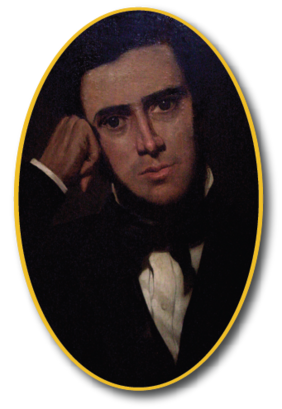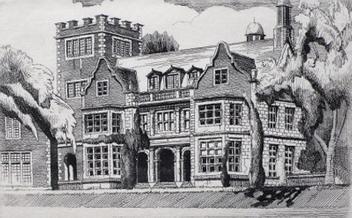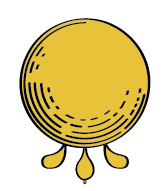SIR HAMILTON
LANPHERE SMITH
Scientist / Astronomer / Photographer
Knight's Templar Extraordinaire
Astronomer
Hamilton Lanphere Smith was born on November 5, 1818, the son of Anson and Amy C (Beckwith) Smith, and raised in New London, Connecticut. Anson Smith was a merchant engaged in the woolen manufacturing business and a prominent citizen of the old whaling port of New London. Hamilton Smith graduated from Union Preparatory School in 1834 and attended Yale College, graduating with an A.M. in 1839.
While at Yale, Smith became closely acquainted with a classmate, Ebenezer Porter Mason, who was to become an internationally renouned astronomer. While working together at Yale in 1838, Smith and Mason built a 12 inch Herschelian Telescope of 14 feet focal length and at the time it was the largest telescope in the United States. Both Smith and Mason were so well respected for their astronomical observations that they were placed in charge of the Yale Observatory, and proceeded to make important observations of Haley’s Comet and certain nebulae, the latter of which were commended as being the most reliable to date.
Because of his father’s business reversals, Smith had to withdraw from Yale and move with his family to Cleveland, Ohio. Though pressed into his father’s business, Smith studied when not working and was able to return to Yale for his senior year, during which he was elected to membership in the Connecticut Academy of Arts and Sciences. Following Smith’s graduation, he and Mason began an extended series of observations of various nebulae. The results of these observations were published in 1844 in the proceedings of the American Academy of Arts and Sciences.
In 1840, Smith became a member of Phi Beta Kappa (Alpha of Ohio). However, for the next ten years, Smith dedicated himself to the forwarding and commission business in Cleveland, Ohio, which he prospered. Throughout this business period, Smith also continued his scientific pursuits in microscopy, astronomy, geology, and other subjects. In addition to authoring numerous scientific articles, his geological and astronomical work titled The World (1845) was published. It was read on both sides of the Atlantic and sold six thousand copies in this country alone. His astronomical observations continued and Smith is credited with being the first in this country to discover the comet of 1844–September 10th. Shortly thereafter, Smith also wrote a textbook entitled A Natural Philosophy for the use of Schools and Academies (1847) which became the standard textbook on the subject in schools across the country.
In 1849, Smith was appointed to the chair of Natural Philosophy and Astronomy at Kenyon College in Gambier, Ohio. While at Kenyon, Smith erected what was then the largest telescope in American, twenty-five feet in length, with a reflector twenty-five inches in diameter.
As early as 1853, Smith picked up on the idea to use the newly-invented collodion process to produce a direct positive image on a black varnished metal plate and experimented with making collodion positive photographs on thin sheets of “japanned” iron. On February 19, 1856, Smith patented the “use of japanned metallic plates in photography”, which became popularly known as the Tintype.
In 1868, Smith became the Prendergast Professor of Astonomy and Natural Philosophy at Hobart College where he remained for thirty-two years until retirement in 1900. Upon entering his new position at Hobart, Smith has great disadvantages, including what Smith described as “scientific apparatus consisting of a pile of dust covered rusty instruments stowed away in a room in Geneva Hall.” Through Smith’s efforts, however, within two years, sufficient funds were raised for an observatory and new scientific equipment. Smith was well known for his microscopic study of the diatomaceae and the classification and arrangement of the group of cryptogamic algae, and was said to have one of the most complete libraries of microscepical literature in the western hemisphere. He is said to have made a remarkable theory about the construction of the Great Pyramid without visiting it.
Etching, 1940, by John Taylor Adams
Coxe Hall, Hobart College, Geneva, NY
1



